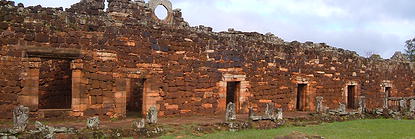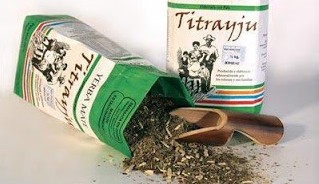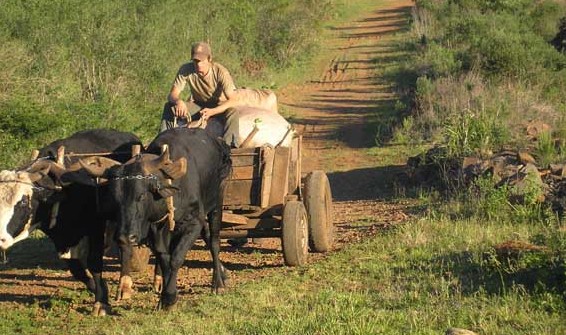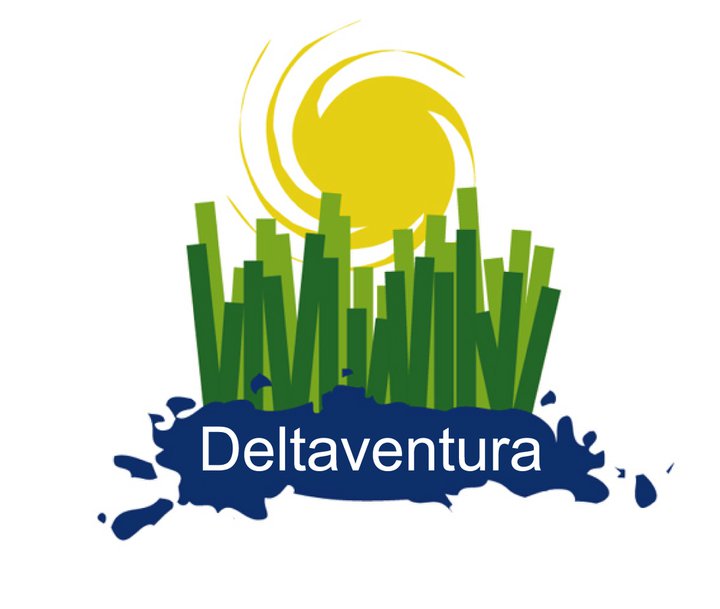Misiones’ province

Is trapped in between Paraguay and Brazil and is famous for the beautiful Iguazu Falls in the far north and for the Jesuit Missions which lend their name to the province. The original ecosystem consisted of subtropical rainforest that can still be found intact in Iguazu National Park and Mocona Provincial Park. The original people of the area are the Guarani who were subjected to the Jesuit evangelization project in the area. In this province, it is possible to visit a number of Jesuit ruins that offer an insight into the Jesuit way of life and practices in the region. Today, the Guarani communities live in marginal circumstances as their original habitat, the rainforest, has been largely destroyed. Many now live in cities which has of course altered their traditional way of life immensely. Another distinct aspect of the region is the multitude of different European cultures present here due to past waves of immigration. Many of these communities remain isolated, speaking their original language and keeping their cultures intact. The economy of the province is dominated by the production of tea, yerba mate and lumber.

Jesuits’ missions

An entire chapter could and perhaps should, be dedicated to the history of the Jesuit Missionaries in the northeast of Argentina, however, we shall only briefly discuss them below. The Jesuit priests arrived soon after the initial conquistadors, and developed methods to spread the words of Jesus throughout the indigenous communities of the region. The areas most affected by the missionaries were the Provinces of Cordoba and Misiones. The phenomenon began in Brazil and Paraguay where the Jesuits and entire tribes of Guaranies fled to escape the slave hunters known as Paulistas. Their escape was of a mythical standard as they traveled around the Parana River and passed by Iguazu Falls before eventually settling in the Province of Misiones.
The Jesuits organized communities of Guaranies who at their height numbered between 3,000 and 4,000 people. They constructed small towns, organized around a church and central plaza. Each family had its own place to live while pubescent boys and girls were housed in separate buildings. The Guarani chiefs supplied order and ensured that work was completed. The Jesuits used the Guarani music and rituals in order to guide them and channel their energy in a productive way. Musical instruments were made and became a profitable form of external commerce while also providing a means of well-paying work for the craftsmen in the City of Buenos Aires after the missions were destroyed. The missions reached such a high level of economic organization and prosperity that they created envy and became a threat to the Spanish Conquistadors who had to force work upon the native population. While the Jesuits were successful in motivating the Guarani, through peaceful methods, the Spaniards could only do so by the use of force. In 1767, Spain and Portugal both decided to expel the Jesuits by declaring their presence illegal. The missions were destroyed and the native populations were left to themselves. It was not until the beginnings of the Twentieth Century when the missions were found deep in the tropical forest of Misiones that their worth was recognized. Today the ruins offer a unique insight into a truly unique experiment in the history of Evangelization.

Guaranì communities
Mborore Community Puerto Iguazu

Most of the tourists visiting the Iguazú falls are not aware of the cultural richness of the Guarany people. The Guaranies are the native inhabitants of Latin America that have always lived in the jungle and the tropical forest of the vast territory stretching from northern Argentina to Colombia.
The Mborore community has been suffering poverty and desolation due to environmental degradation and loss of its traditional way of life. To rediscover and regain its roots, the Guarani of the Mborore indigenous community have established a program of tourism in their community. The community has selected two guides, who provide a tour of the community offering a glimpse into the typical activities of its members. The project has proved very successful, particularly due to the willingness and full participation of the community. Recently the community increased the scope of the project by constructing a refuge using the same traditional building techniques used for construction of houses in the community. In July of 2004, we went with a group of six tourists and stayed at this refuge.
Organizations working with the community include the ONLUS Kairos, which, through the Aurora Project, is collaborating with the teachers of the Fortin Mborore School to improve health and infrastructure.

Rio Paranà cooperative
The Agriculture Movement of Misiones, MAM
Yerba Mate Titrayju: Land, Work and Justice

The Rio Parana cooperative involves a group of agricultural activities that give small producers access to tools, common land and the professional education necessary for processing their products. In some cases, the cooperative involves itself in the entire production process and enables the small producers to avoid dealing with middlemen who generally take more than 50% of the cost of the final sale. One of the most successful projects of the Cooperative is the Yerba Mate Titrayju. Yerba mate is historically a principle product of the province of Misiones where 80% of the rural population works in the agricultural sector and 65% are small producers. They live and work with their families on farms of 25 hectares, often rented from large landlords under a Feudal-type system. The process of manufacturing the yerba mate begins first with the drying process and is followed by milling and then fine treatments before being packaged. Small producers cannot sustain this long and costly process and the production and distribution are therefore controlled by an oligopoly that pays pitiful amounts to the small producers. A series of laws exist that theoretically protect the small producers but they are seldom applied because the state does not have the money to enforce them. The “Tritayju” project gives many small producers the ability to process and package the Yerba Mate and to sell it to consumers through the Commercial Centre of Indigenous and Rural Workers whose goal is to increase responsible and fair trade between the farmers and the cities. Through the Cooperative they are also implementing tourist programs to benefit the families who offer their hospitality.

Corrientes’ province

This province is located to the south of Misiones extending north to the Uruguay River, west to the Paraguay River and east to the River Uruguay. Corrientes is a land of strong cowboy traditions and some of the richest ecosystems in the country. “The Natural Reserve of Ibera” was created by the Government of the Province of Corrientes in 1983. The area consists of lagoons and marsh lands that are extremely rich in wildlife such as jaguars, tapirs, and many species of bird. The excursions begin from the “Colonia Carlos Pellegrini”, at the local ranger station. The majority of the rangers used to work as fishermen, giving them a unique knowledge of the local flora and fauna enabling them to guide and control poaching. There are many trails throughout the hills which provide an excellent opportunity to view the local plants and wildlife including the “caraya” monkeys.

| Links: |


